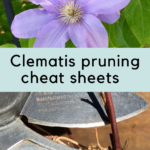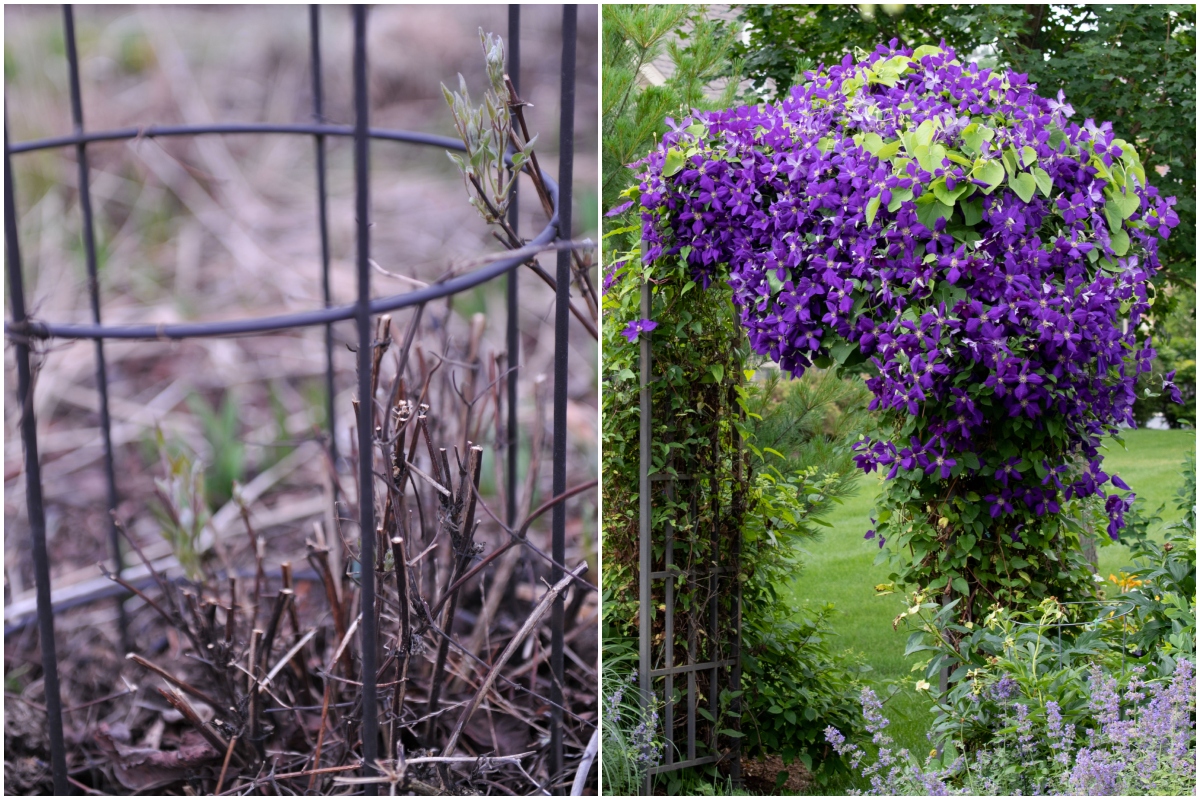
If I had read clematis care advice before buying a single clematis plant, I would have surely abandoned the purchase altogether. While I am generally pretty savvy about deciphering plant care guides, even I have to admit that clematis care guides used to leave me scratching my head in frustration.
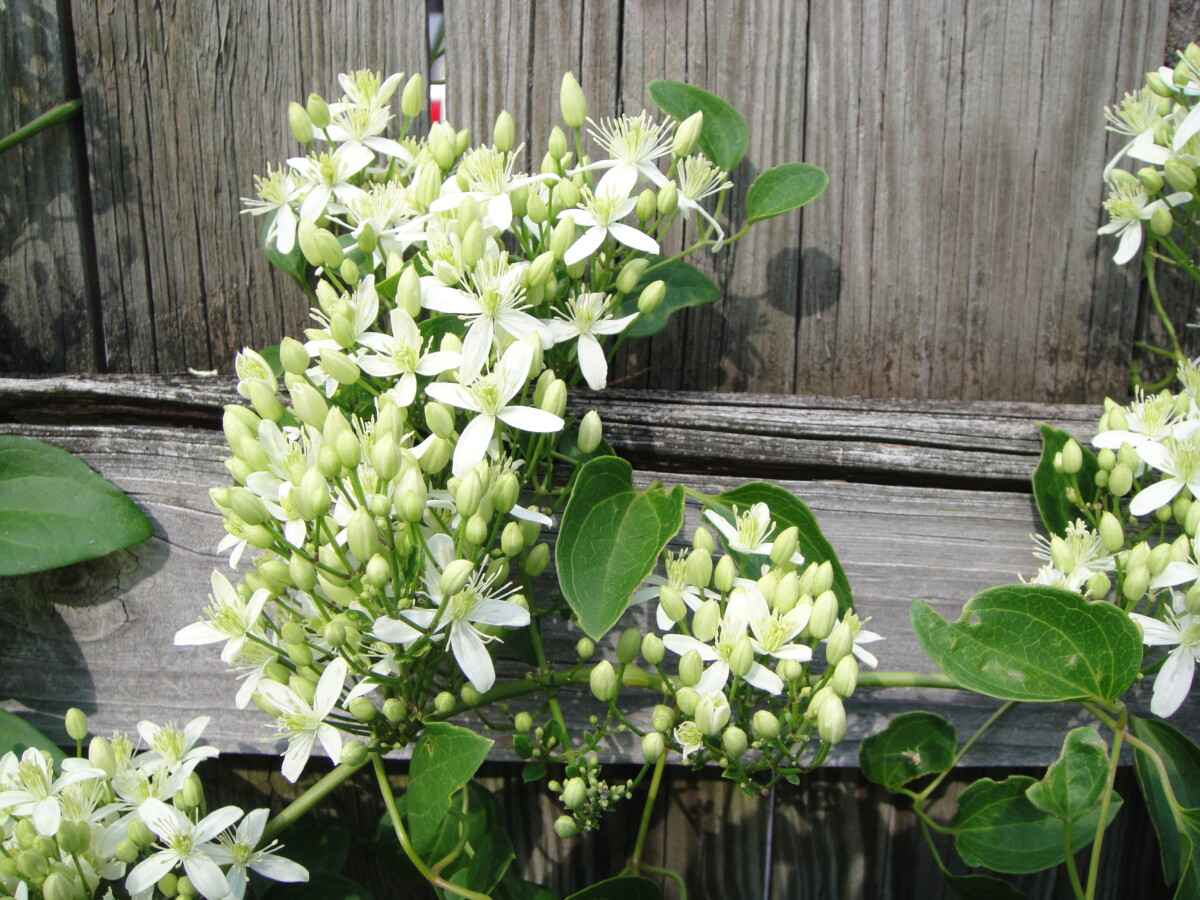
I understood that there are three clematis groups. But was that 1, 2, 3? Or A, B, C? How about species clematis? And what group do herbaceous clematis belong to?
So I went back to my college days and revived an old habit: bullet point lists. If painstakingly making lists helped me process, clarify and remember complex information back then, there’s no reason why it should fail me now.
If you’re having trouble with parsing the sometimes confusing (oftentimes contradictory) information about how and when to prune your clematis, scroll down a bit for my simplified clematis cheat sheets.
But before I get started, I have to give credit to one clematis pruning method that just made it click for me: the traffic light.
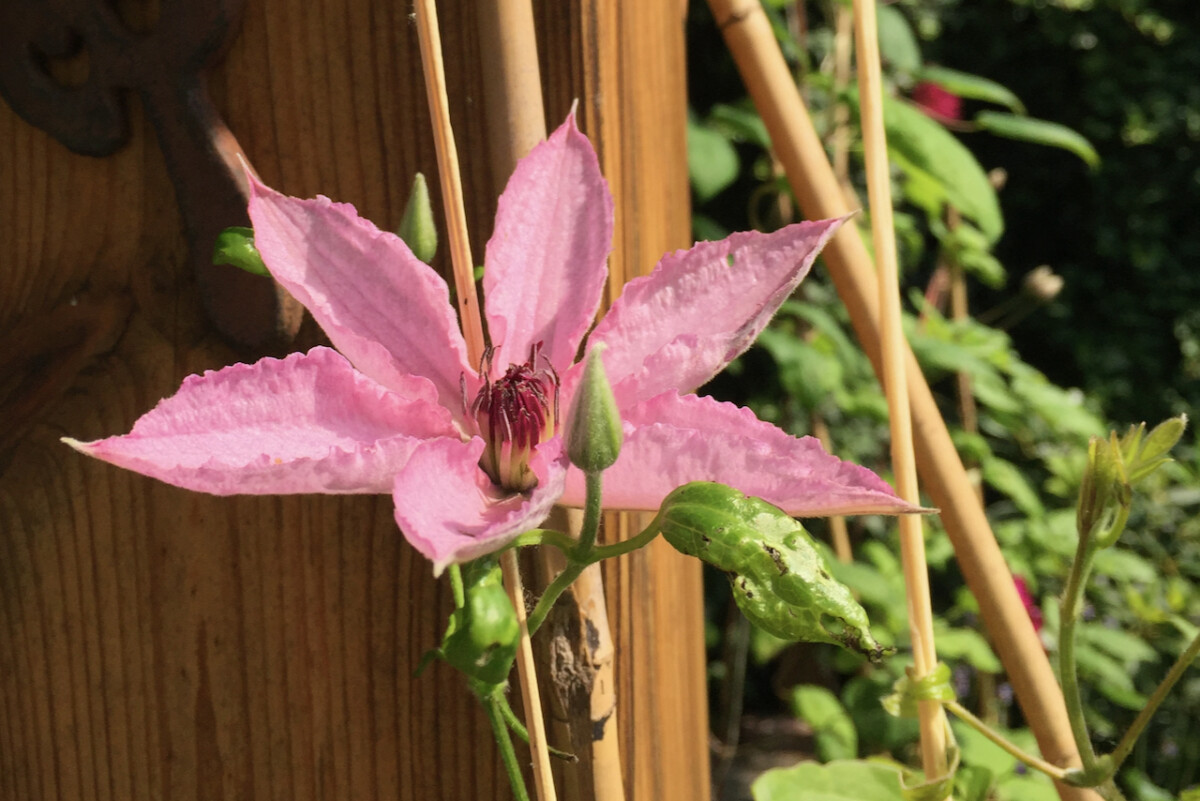
I first read about this method on the website of Spring Hill Nurseries, an Ohio-based mail-order business that’s been operating since 1849. I was browsing their online catalog (clocking in at 195 types of clematis!) looking for an easy-to-care-for gift for a friend and noticed that their pruning groups were marked as green, yellow and red.
Not 1, 2, 3.
Not A, B, C.
As a visual person (a trait I suspect I share with many other gardeners) this simply made sense. And for someone who must have played hundreds of games of Green Light, Red Light from the ripe old age of four, this system was just plain fun and easy to remember.
All you have to do is remember the traffic light system:
Red means STOP!
Yellow means SLOW!
Green means GO!
Now let’s add the word “pruning” to it:
Red means STOP pruning (don’t prune it now)
Yellow means SLOW down your pruning (think carefully before you prune anything)
Green means GO (go ahead and prune to your heart’s content).
What type of clematis do I have?
Before you can categorize your clematis, a bit of detective work is in order. Some store-bought clematis have clear labels that will say Group 1, 2 or 3. Some will indicate Group A, B or C. Others will simply tell you when the plant blooms (more on that below) without mentioning any group, so it’s up to you to connect the dots.
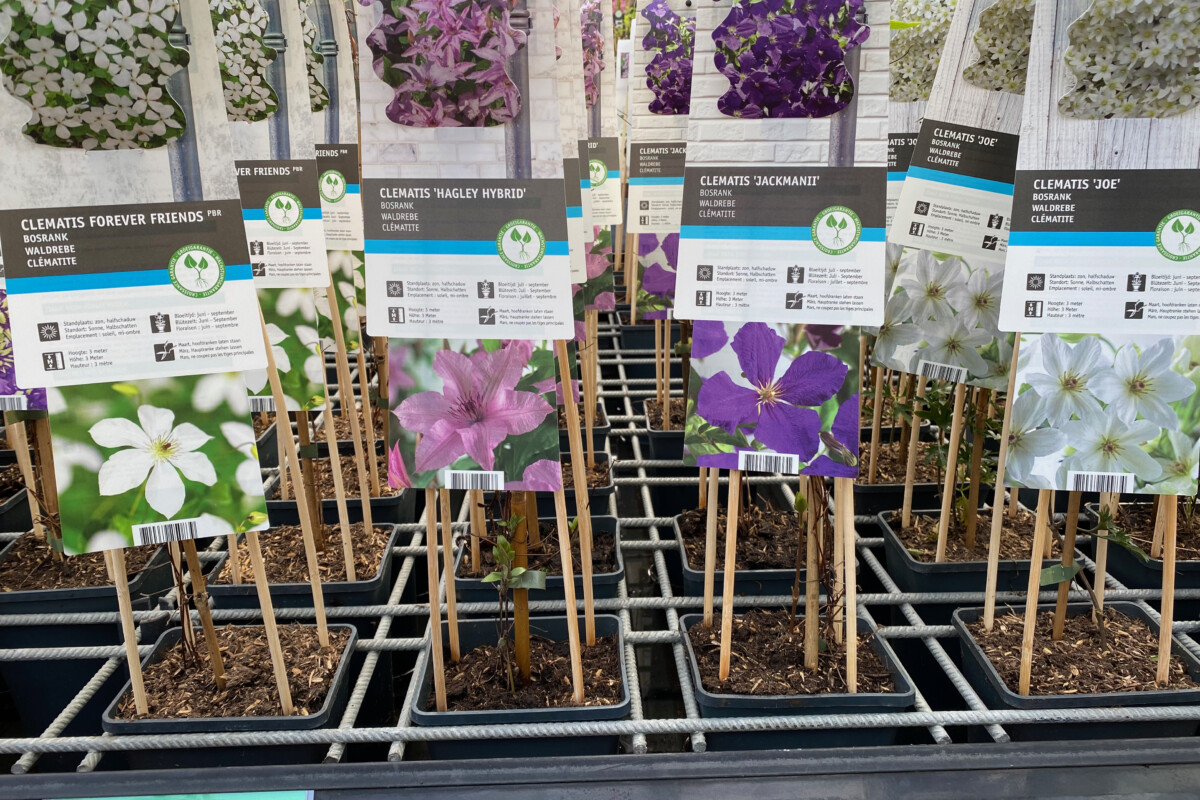
If you’ve just transitioned to a new garden that has clematis already growing, I suggest you use the first year to simply observe the plant without interfering in any way. When does it start blooming? When is it done blooming? What’s left once the season is over?
Then have a look at the cheat sheets below. Once you’ve figured out the group, go back to your plant and tie a ribbon or a piece of embroidery floss in the corresponding color (red, yellow or green) to the lower stems of the plant. That will serve as a visual reminder of what type of clematis you have when it comes time to prune it next year.
Clematis cheat sheets
Group 1 (or Group A): Early-flowering clematis
Red means STOP!
Flowering habit: They always bloom on last year’s growth.
Bloom time: Group 1 clematis start flowering in late winter and early spring, sometimes as early as January. They continue flowering until April and are sure to be done flowering by June.
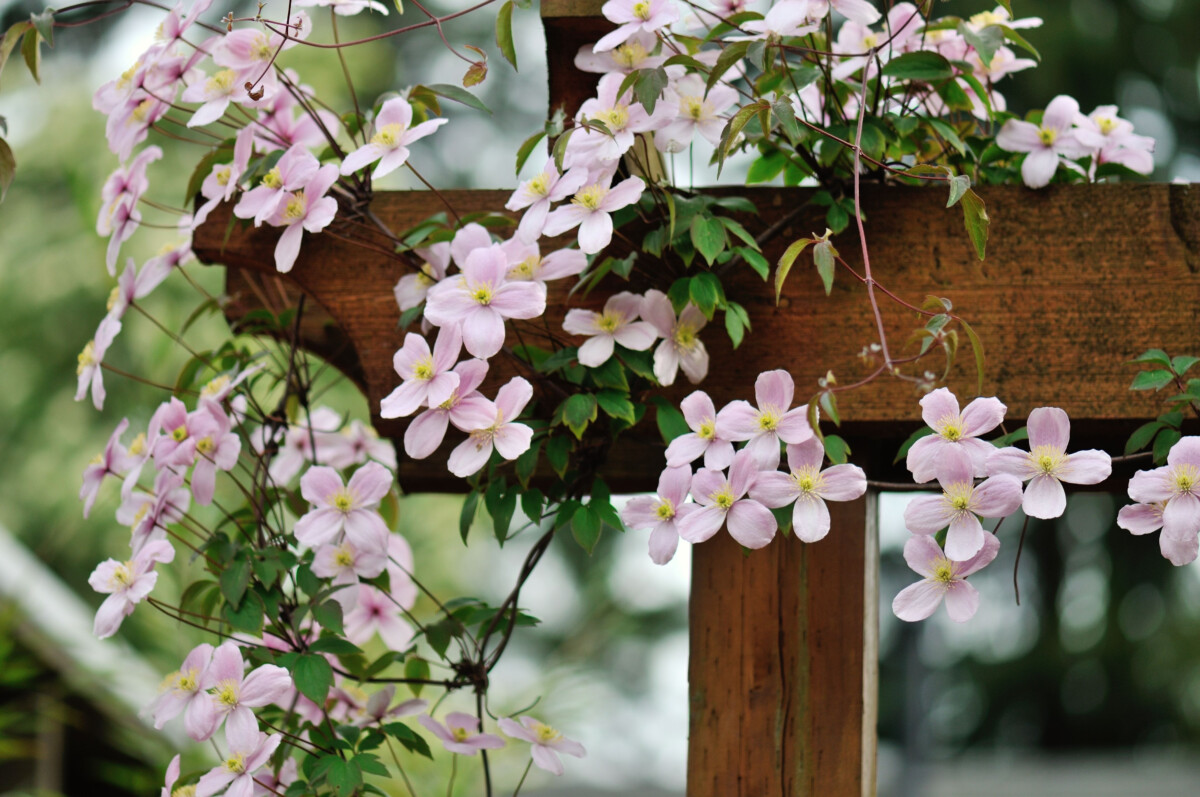
The look:
- Since this clematis opens the flowering season, you’ll notice its blooms are usually smaller and more compact than June-blooming clematis.
- Once it’s done blooming, the Group 1 clematis will continue to put out new growth to sustain next year’s spring flowers.
How to prune Group 1 clematis
- This group requires very little pruning.
- You can do minimal pruning to train it or tidy it in late spring or early summer after the first flush of flowers is done.
- Remove any dead or damaged stems and all the growth that’s above them.
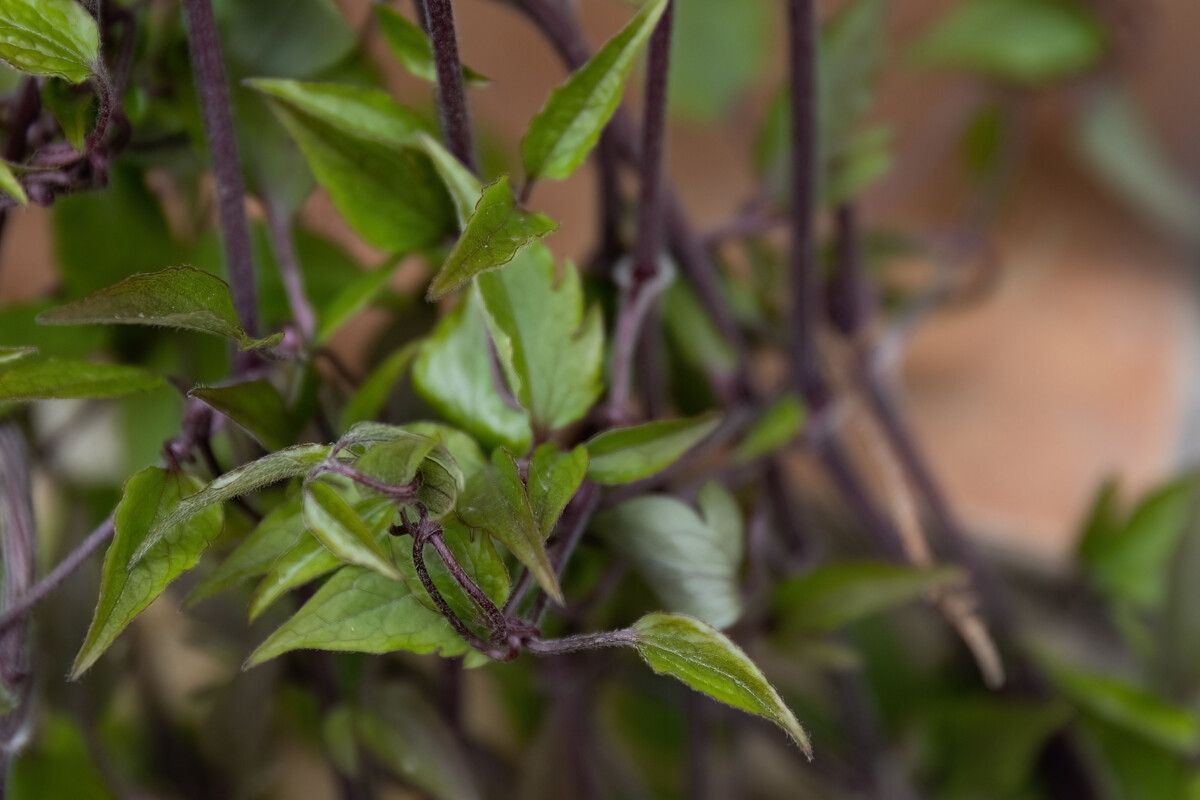
Popular Group 1 clematis:
Clematis armandii
Clematis montana
Clematis cirrhosa
Clematis tangutica
Clematis macropetala
Generally, whenever you hear “species clematis” you’ll be dealing with Group 1 clematis.
Popular Group 1 cultivars include:
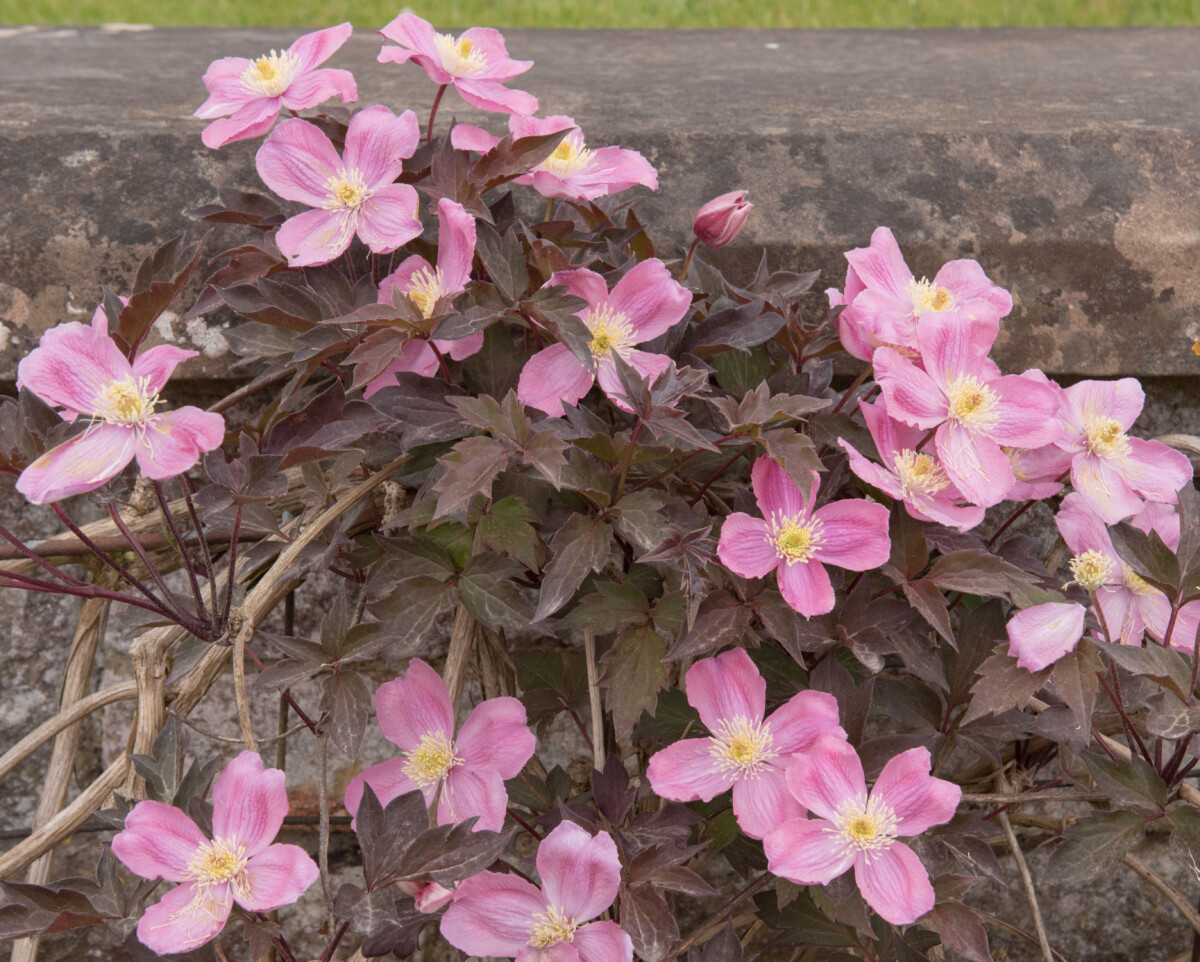
‘Tetrarose’
‘Elizabeth’
‘Alexander’
‘Pink Perfection’
‘Spoonerii’
‘Pink Swing’
‘Joe Zary’
‘Constance’
Group 2 (or Group B): June-flowering clematis
Yellow means SLOW!
Flowering habit:
- It can have two flowering seasons, both on old growth (late spring) and on new growth (late summer).
- Larger flowers appear early on old growth; then smaller flowers bloom at the top on new growth.
- Due to its blooming habit, this group is also nicknamed “double blooming clematis.”
Bloom time: Clematis in this group start flowering from mid-May and keep flowering until the end of July.
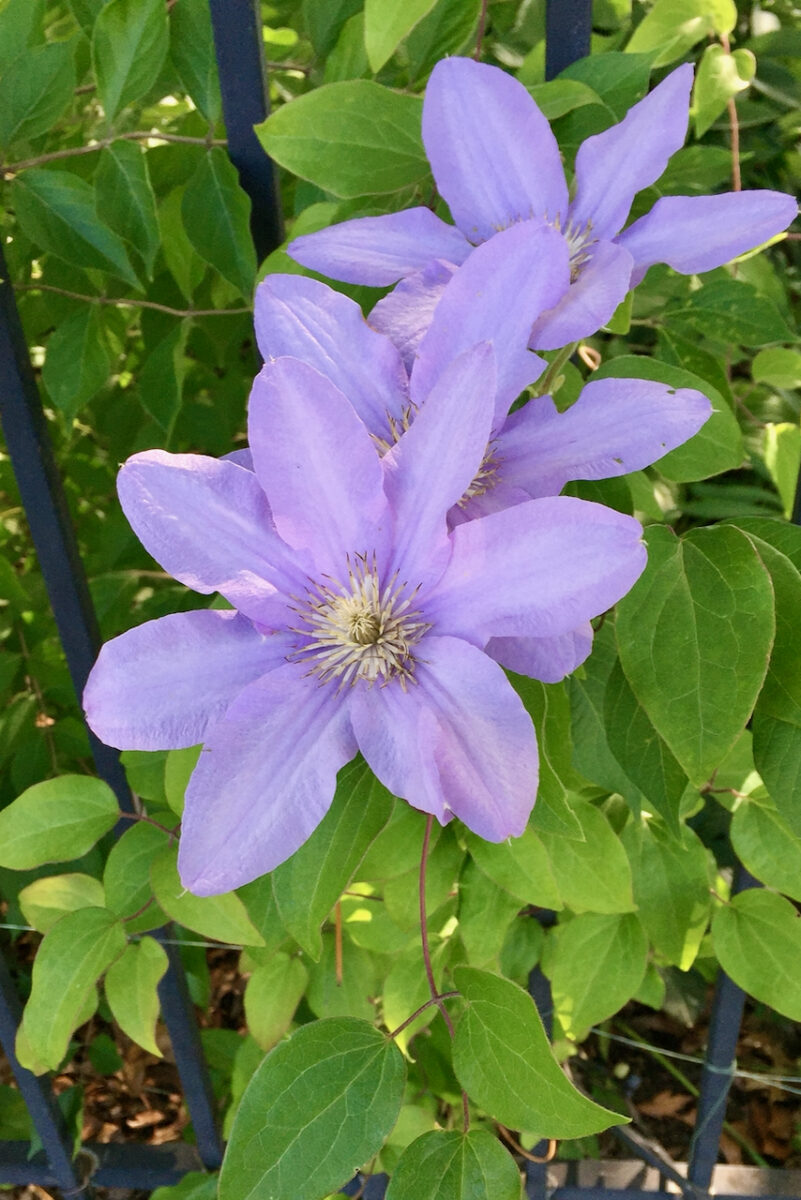
The look:
- Most of the Group 2 clematis are newer hybrids with large, dramatic flowers.
- It’s the most popular group, therefore the largest one with new cultivars coming out every year.
How to prune Group 2 clematis
There are a few pruning options, depending on what end result you’re after. But keep in mind that in order to get repeat flowering, you have to keep at least some of the stems from last year.
Option 1: A hard prune for one flowering period.
If you decide for a harder prune in spring (and cut down the old growth), these clematis won’t bloom in June anymore. You’ll get only one blooming period: later in the summer on new growth. In this case, these flowers will be abundant in August and September.
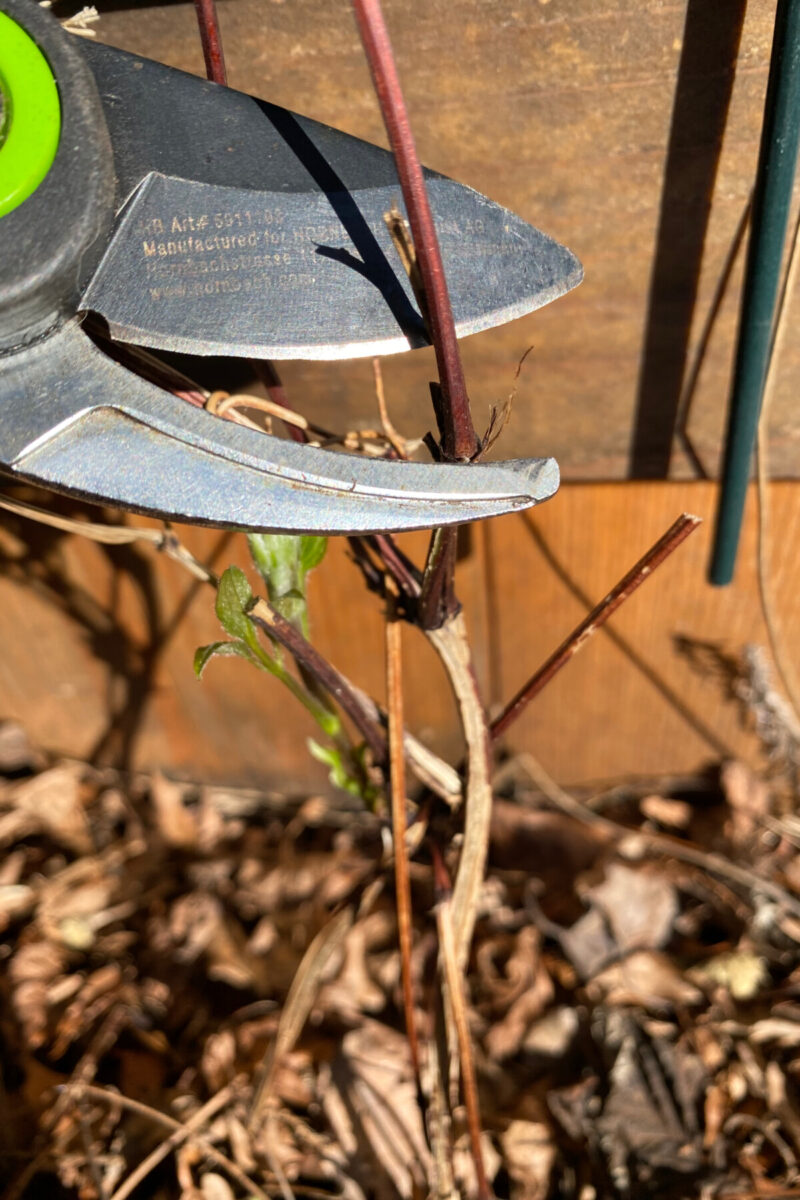
Option 2: A light prune for two flowering periods.
If you only want to tidy up the plant in spring, just remove damaged stems and stems that are not showing any new signs of growth. However, always cut down to something – in this case, cut right above the highest set of axial buds that are starting to grow. These buds will turn into the large June flowers that this group is named for. The smaller flowers will come up on new growth in late summer.
You can prune it lightly to train or maintain plant size once the second flush of blooms is spent.
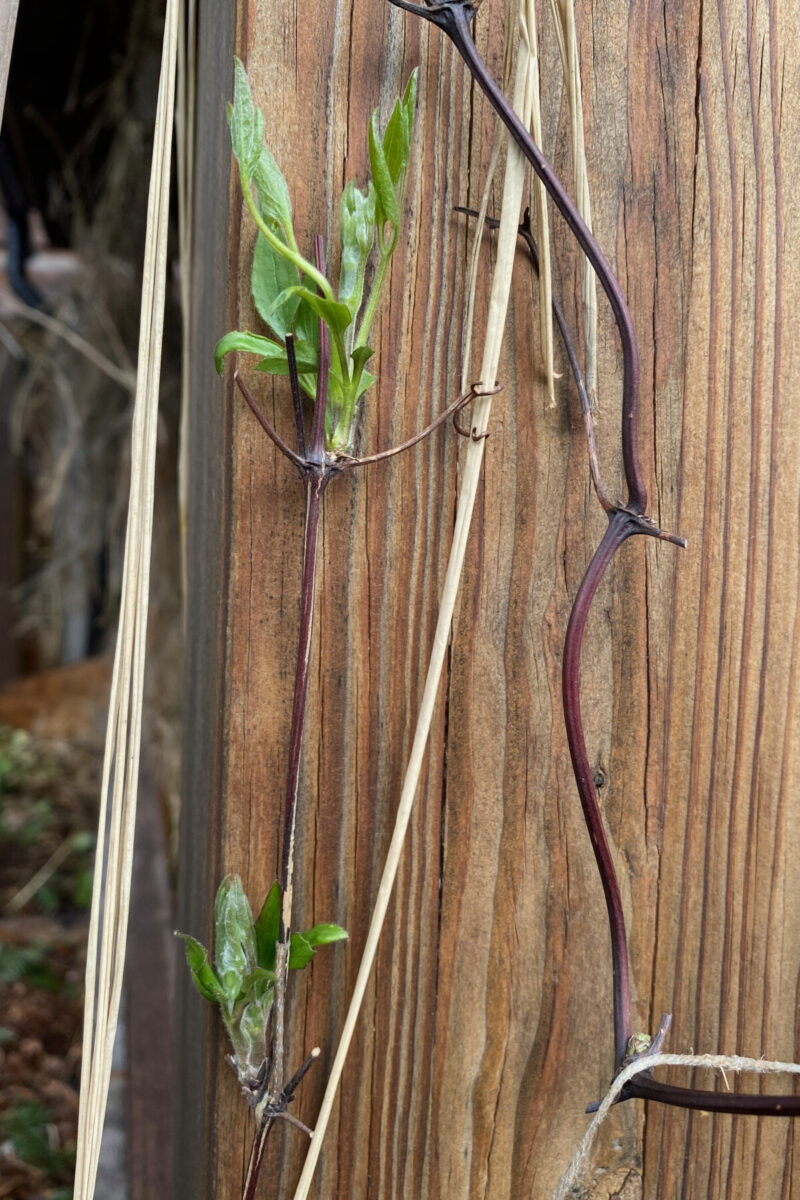
Popular Group 2 clematis:
‘Royal Velvet’
‘Niobe’
‘Nelly Moser’
‘Arabella’
‘The President’
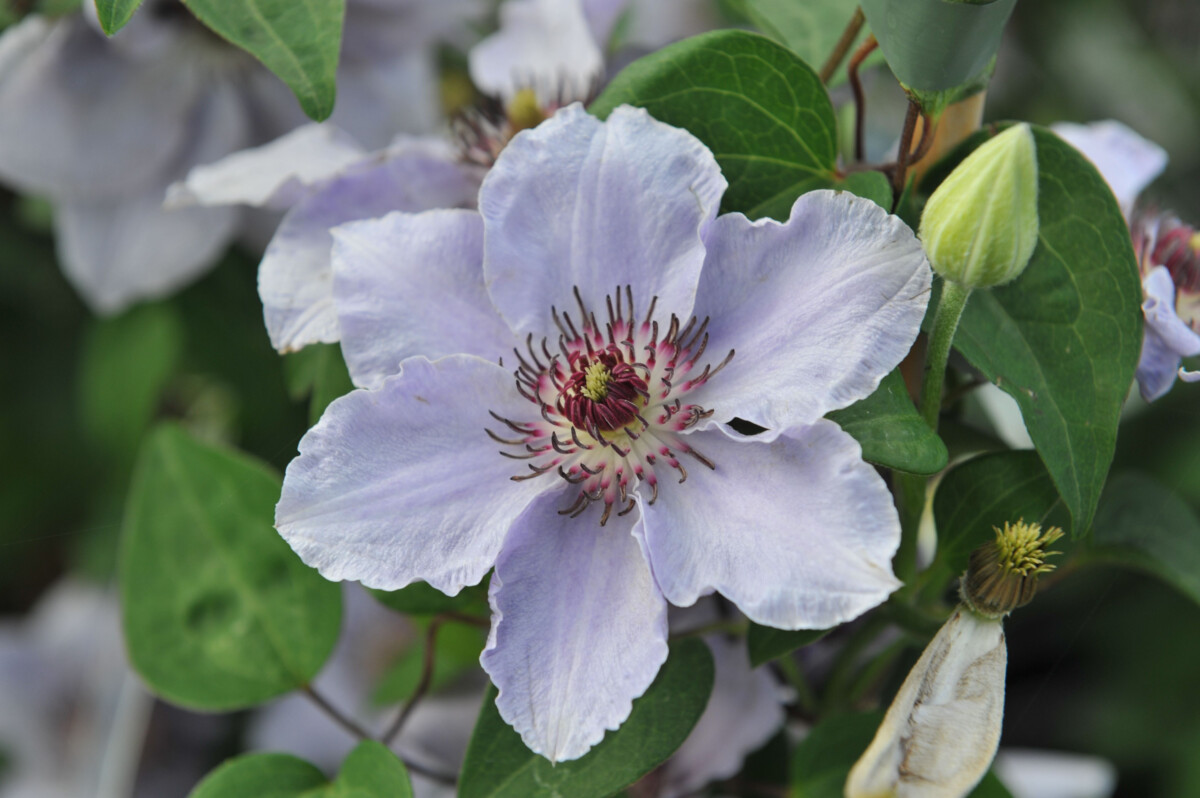
‘Still Waters’
‘Sunset’
‘Hoshi-no-Flamenco’
‘Cotton Candy Vancouver’
‘Little Mermaid’
‘Patricia Ann Fretwell’
‘Midori’
‘Crystal Fountain’
Group 3 (or Group C): Late-flowering clematis
Green means GO!
Flowering habit: They are very vigorous bloomers, always flowering on new growth.
Bloom time:
- Flowers bloom in late summer (starting in July) and keep blooming throughout the fall.
- They’re usually done flowering by the end of October, but you should leave the top growth on as protection until the weather warms up in spring.
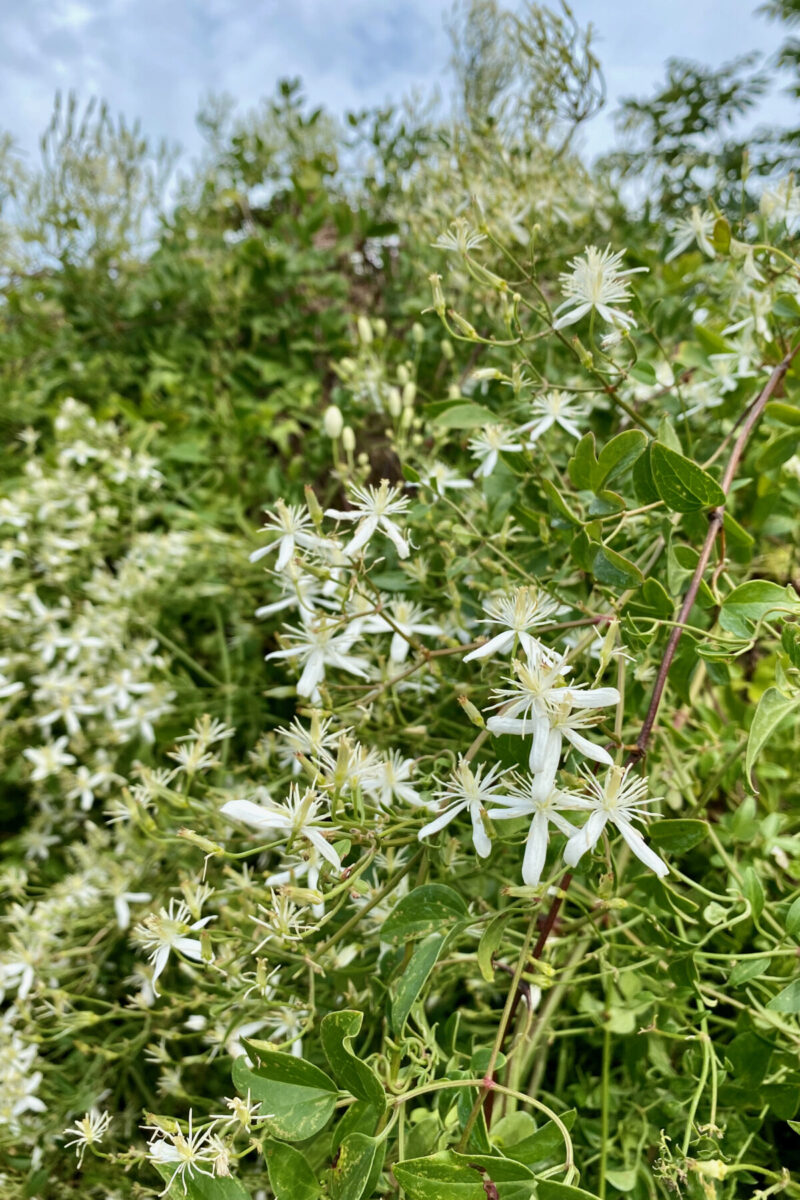
The look: Group 1 generally have smaller, delicate flowers tightly grouped together (especially if they’re getting enough sun).
How to prune Group 3 clematis
- They are the easiest clematis to start with, in terms of pruning.
- Always prune Group 3 clematis in late winter and early spring.
- The stems tend to get tangled, so if you don’t prune them in the spring, the new growth will mix with the old growth and intertwine even more.
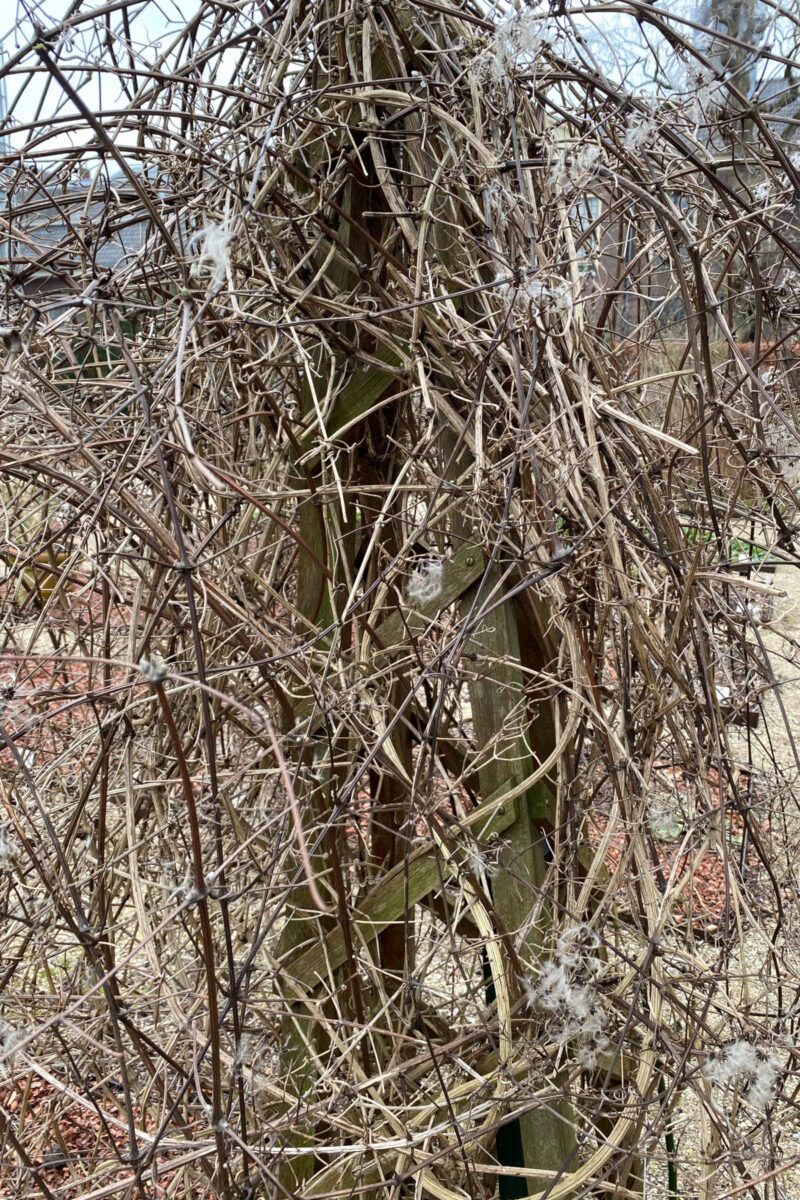
- Cut down to about 12 inches (30 cm) from the ground, just above a swollen bud or a joint.
- You can start by untangling it, taking it off its obelisk or trellis and laying it on the ground. If it’s very tangled, just chop it little by little and pull it away from the structure until it comes off.
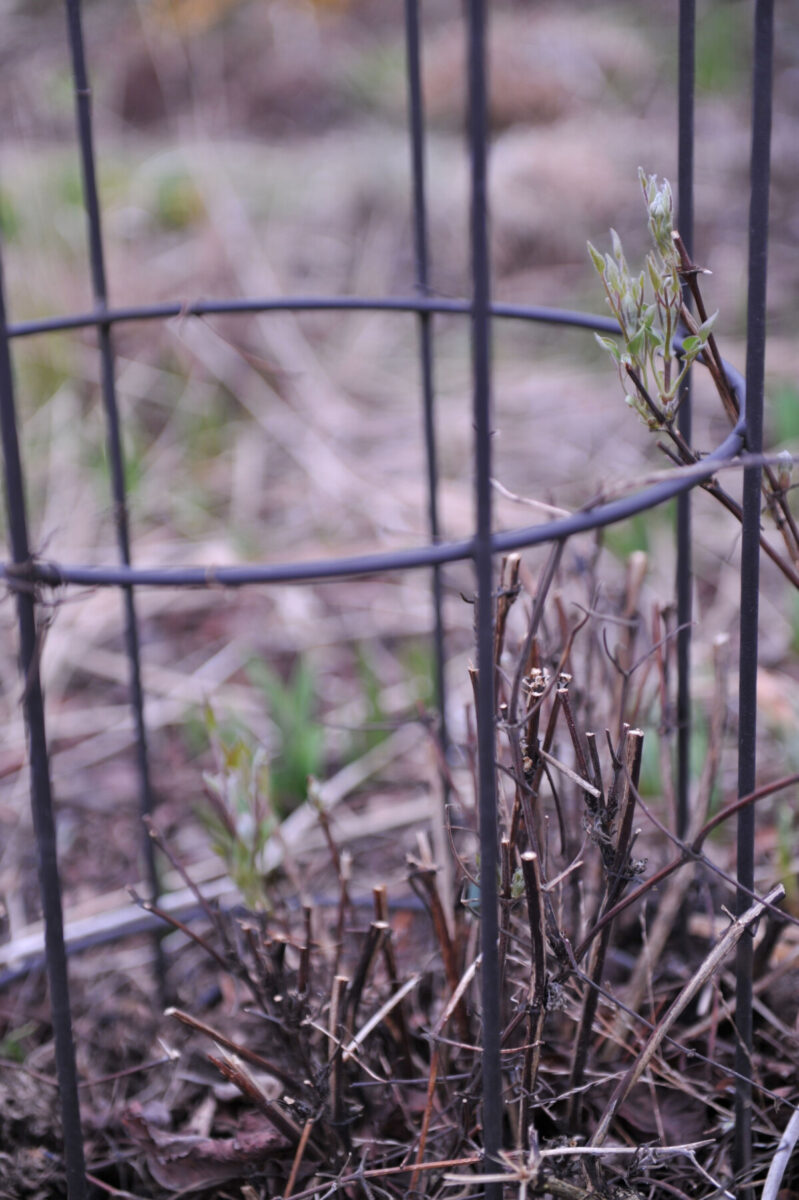
What happens if you skip pruning Group 3 clematis?
They’ll continue to grow from where they left off the previous year. This means the base of the plant will get bare and the new flowers will only come out at the top. Depending on how high you’ve trained it, you’ll only get flowers way above eye level.
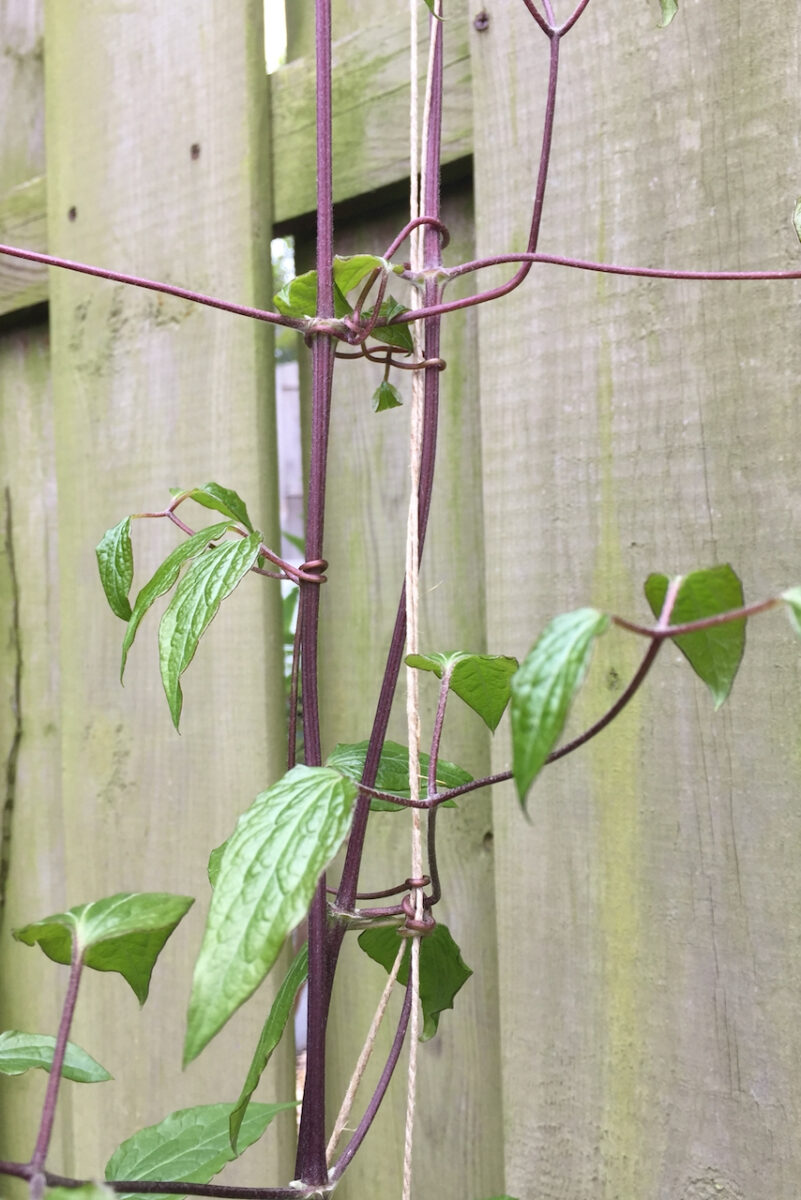
Popular Group 3 clematis:
Clematis integrifolia
Clematis heracleifolia
Clematis viticella
Clematis texenis
Herbaceous clematis are generally Group 3.
Popular Group 3 cultivars include:
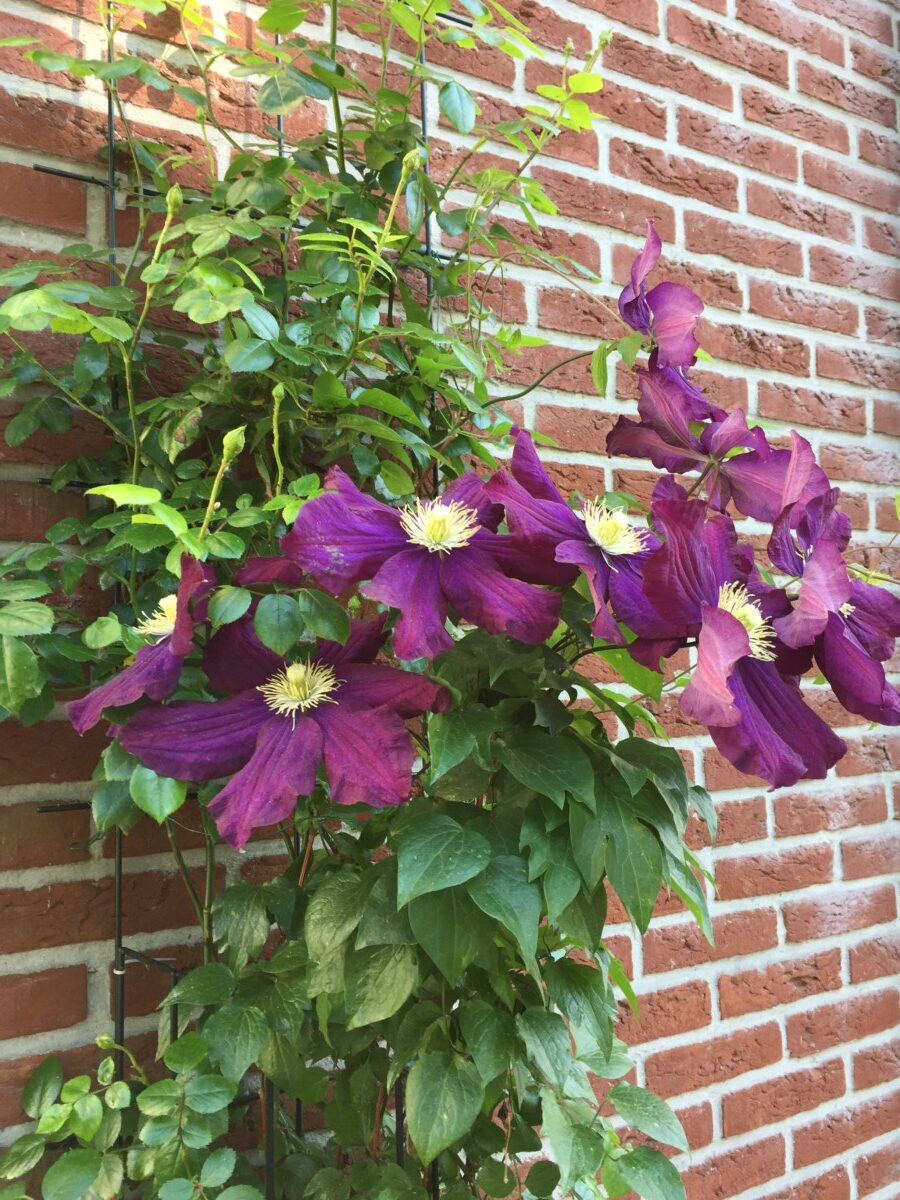
Clematis ‘Etoile Violette’ is a popular C. viticella variety.
‘Etoile Violette’
‘Blue Ribbons’
‘Honora’
‘Princess Diana’
‘Perle d’Azur’
‘Polish Spirit’
‘Chatsworth’
‘Alba Luxurians’
‘Happy Diana’
‘Roguchi’
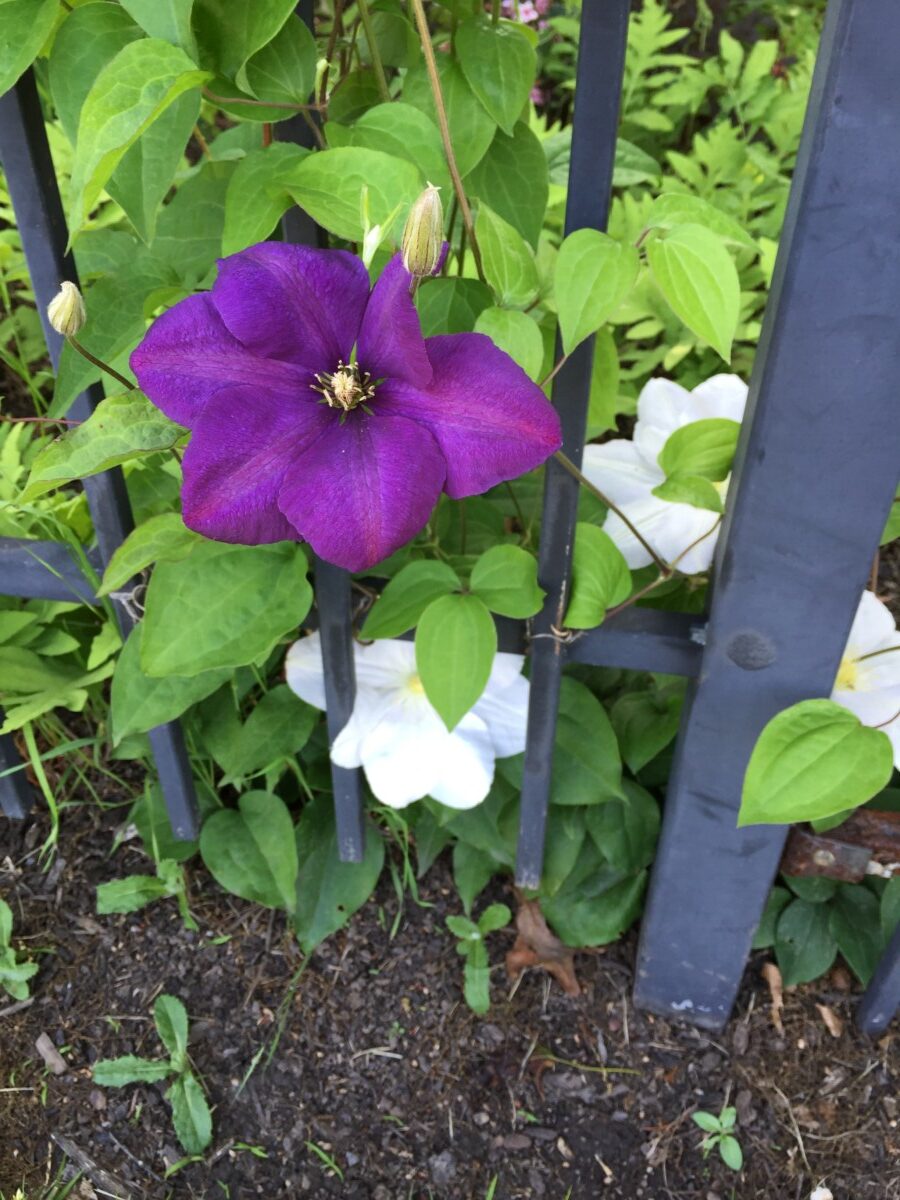
I hope this simplified guide takes the guess work out of when you should prune your clematis. As always, I recommend a couple of seasons of pure observation to get on the right track. And remember that, in spite of their fragile appearance, clematis will bounce back even after a poorly timed prune. It just might take a year for the plant to recalibrate its blooming patterns.

